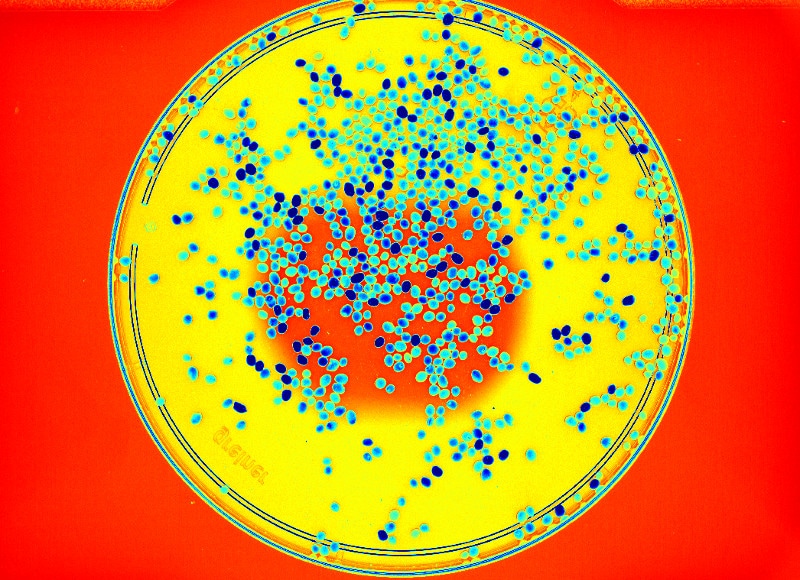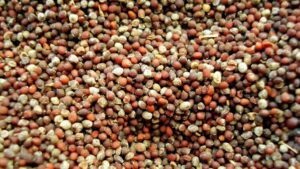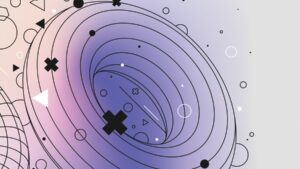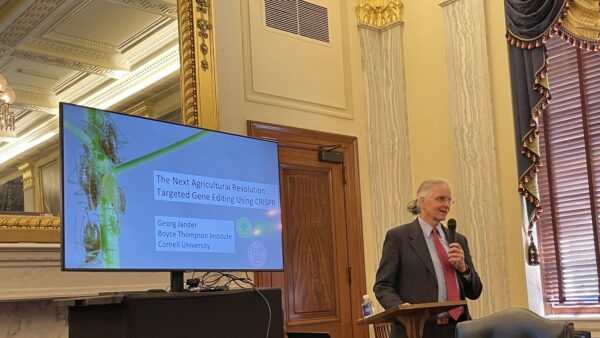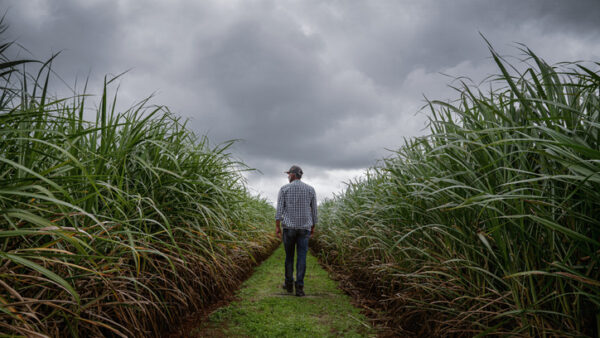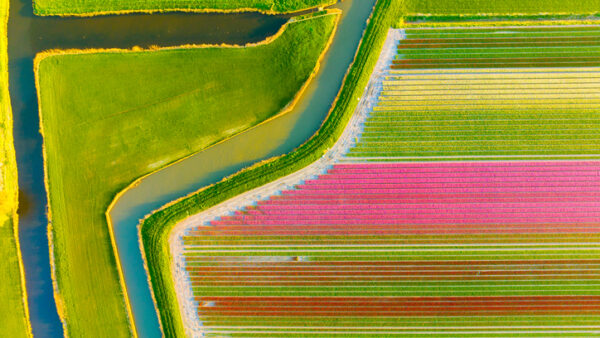
Imagine being able to take a picture of a seed, upload the photo to a computer and collect a mountain of data pertaining to colour, size and shape.
Imagine looking at that seed using different wavelength bands, like Ultraviolet or Near-infrared, that allow you to see what the human eye normally cannot. It is all possible with seed image analysis, specifically multispectral imaging — which we are formally introducing in 2023. It is going to change the game in seed testing. Here is why:

It makes seed testing even more informative. The basics of traditional seed testing around the world have not changed significantly in decades. Purity testing has essentially been done the same way for a over half a century. Microscopes have changed, but not too much else. Image analysis represents a complete process change in seed testing. Why?
Multispectral analysis is a new technology that can make an analyst’s work even more informative in conjunction with classical testing methods, which benefits the customer. We have scoured the marketplace for technology that we can implement at SGS Canada. At the same time, our in-house team is building our own boutique customer tools to take image analysis to new heights.
Multispectral imaging allows us to see in different wavelengths. Each wavelength provides specific information about the seed surface structure. Why does this matter?

We can glean insights into seed quality. Image analysis offers deeper insights into the seed’s morphology. This can help an analyst identify species of seed and possibly suggest if there is a disease or other quality issue. Seed colour can be influenced by environmental conditions, yielding insights into what sort of environmental stress might be affecting seed. Then there is identifying living from dead seed; a recent Danish study from Aarhus University showed viable seeds could be distinguished from dead seeds with 92 per cent accuracy using multispectral imaging.

We can count seeds extremely accurately. Using imaging supported by an algorithm, it is easy to segment the image and visually separate the seeds. You can see how many seeds you have, but also what kind of relationship the population has to each other. This can be important for precision planting and figuring out seeding rate.
We can identify seeds better. To the human eye, two wheat seeds of different classes do not look all that different. Using imaging, we can see significant differences — for example, they are a completely different colour, something you cannot see using traditional seed analysis methods.
It makes testing far more efficient. Where it currently requires a separate test to do a physical purity and a different test to do 1,000 kernel weight, it is conceivable that down the road, those could come from the same test using optical weighing and image analysis.
Beginning in 2023, SGS image analysis will ensure consistent, reliable and traceable results, allowing clients to rest assured that the final test results are some of the most accurate results they could hope to get.


